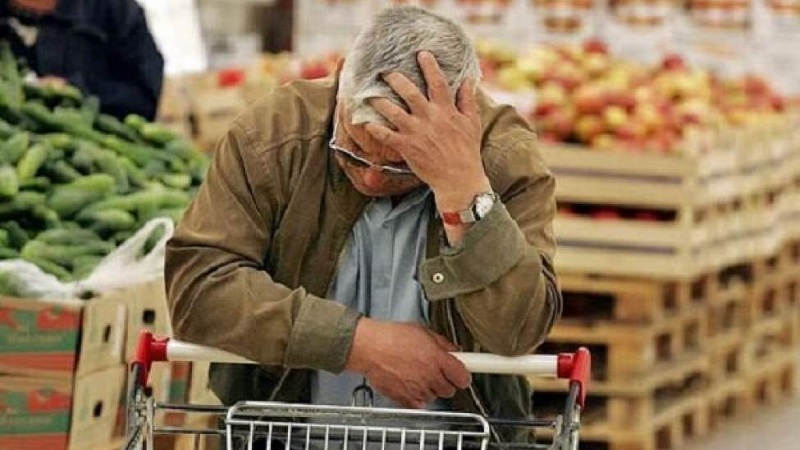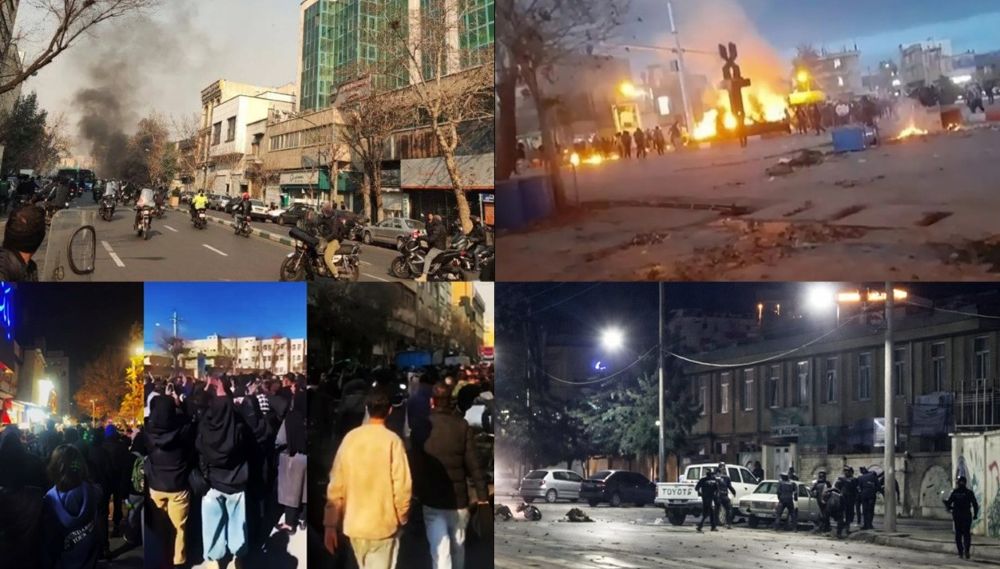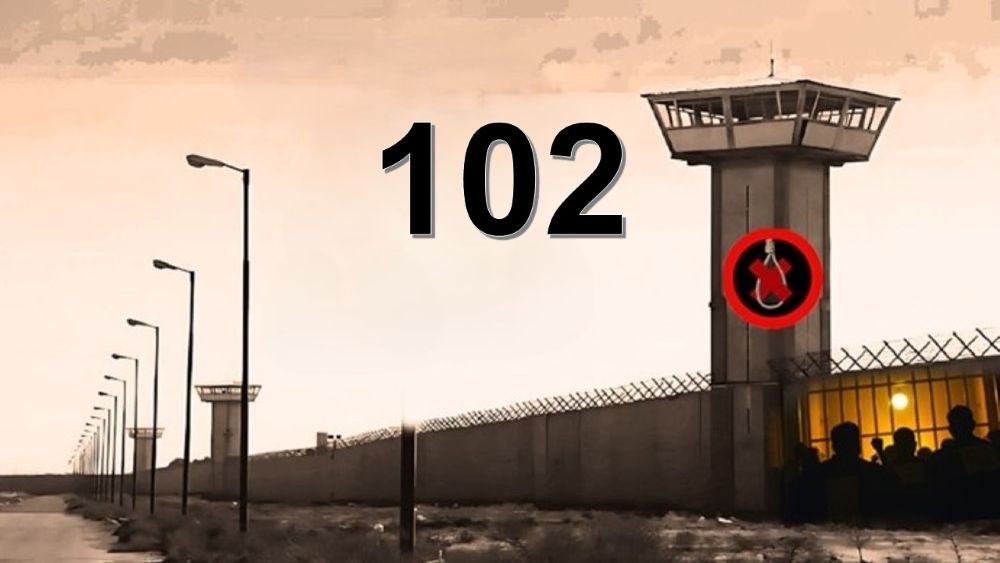
The continuing rise of inflation rates in Iran has sparked a rise in the prices of consumer goods in recent weeks. This, in turn, has caused much anxiety for many Iranians across the country, who are feeling the pressure now more than ever.
Analysts and economists have predicted that the rate of inflation is on a course to continue at the same pace next year, given the state of Iran’s economy and its trend of liquidity, along with the Iranian regimes budgeting system.
Iran News Wire said, “Printing money, a major cause of high inflation, has been a common practice in previous governments in Iran. Colossal levels of corruption, mismanagement of Iran’s rich resources, nepotism, embezzlement, bribery, have brought Iran’s economy to the brink of collapse with no light at the end of the tunnel.”
Experts have suggested that the regime’s president Ebrahim Raisi is likely to begin printing more money to make up for the shortfall in the already-vulnerable economy, which will further increase the levels of inflation.
Raisi’s first deputy chief, Mohammad Mokhber Dezfuli reacted to the latest rise in food prices, calling for ‘necessary measures’ to be taken by the Ministries of Industry, Agriculture and Justice to carry out a ‘comprehensive inspection’ across the country. However, he neglected to explain what he meant by ‘necessary measures’, or give an insight into what actions the ministries should take.
In reference to the topic of liquidity, Masoud Mirkazemi, the head of the Program and Budget Organization said, “Unfortunately, in previous years, due to the atmosphere of distrust, the investments of the private sector and the people were not directed towards economic growth, while the volume of liquidity exceeded 4,000 billion tomans.”
Morteza Afgheh, an economy professor closely affiliated with the regime, highly doubts that the prices of consumer goods will decrease any time soon. He points towards the regime’s issue with international sanctions blocking the access to foreign exchange inflows. As a result, the reserves the regime has will run out and they will be unable to buy more to compensate the lack of goods.
Economics expert and university professor, Vahid Shaghaghi Shahri was one of the experts who stated that the amount of liquidity in the economy could further increase inflation rates in the next Persian year, which begins at the end of March.
He explained, “The increase in liquidity is due to the weak structure of the banking system and the weak structure of the country’s budgeting system. In other words, the budget imbalance along with the imbalance of the banking system and the defective performance of the banking system has caused us to always see the growth of liquidity and, through the channel of liquidity growth, to increase inflation in the country’s economy.”
He described Iran’s economy as ‘non-productive’ and ‘profit-based’, and stated that the cause of the liquidity growth in the country are down to imbalances in both the regime’s banking, and their budgets. He further added that the structure of Iran’s economy is also to blame, which does not allow for economic growth with an increase in liquidity.
What is evident is that the Iranian economy, at its core, is based and built on profit and corruption, and that the mullahs and their regime have little regard for the consequences that this disastrous structure has brought on the country.
Iran News Wire said, “The fact that 70% of the population have fallen below the poverty line, close to 50% inflation, close to 20% unemployment, the outpouring of capital from Iran, major brain drain, and the worsening living conditions of ordinary citizens, while government officials and regime elites become wealthier, draws a clear picture of the misery the people of Iran have to face every day.”



